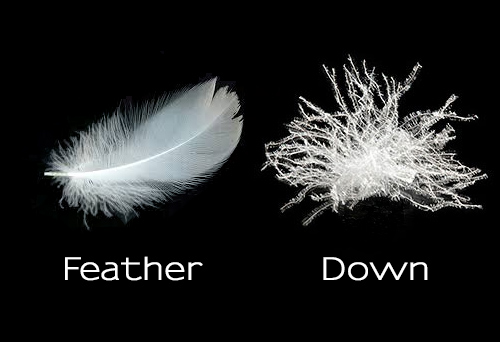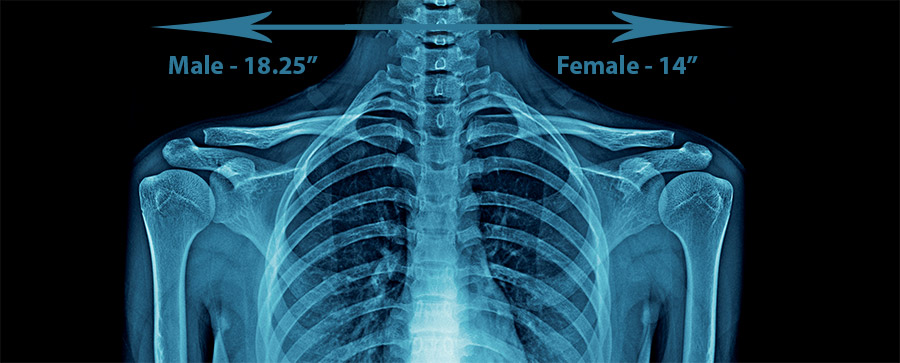How often should you replace a sleeping pillow?
Updated 1/2020
A great sleeping pillow can improve your sleep. Pillows, like most things in life, wear out. However, the process is slow, so most don’t notice the change that takes place year over year. People become attached or used to their pillow, and some even travel with their pillow because they become accustomed to it, and a new pillow may interfere with their sleep.
Sleeping pillows need to provide neck and head support, if they are not, one might begin to experience neck pains and sometimes headaches.
Some recommend replacing a pillow every year or so. This is because pillows can become disgustingly dirty. Factors that contribute to a pillow getting soiled are:
- Sweating at night.
- Makeup or moisturizers.
- Body oil can leach through the pillowcase, causing the pillow to yellow.
- Some drool, and this causes staining.
- Pillows, as with all types of bedding, can become infested with dust mites.
- Although dust mites pose little health concerns, they live off dead skin cells, and because they eat this dander, they also digest it. Some may be allergic to them as well.

- Pillows can be a breeding ground for bacteria as well.
- While you sleep, both your face and respiratory system come in direct contact with a soiled pillow.
- Acne, asthmatic, and allergic conditions can all be exacerbated by sleeping on a dirty pillow.
Using pillow protectors is an excellent way of keeping debris from seeping into your pillow, and they mitigate the presence of dust mites. Pillow protectors are also easily washed.
Pillows come in a variety of different fillings, from buckwheat, beans, latex foam, polyester foam, and polyester string, to name a few. We think it safe to say the best fill (and most popular) is down, feather or a combination of down and feather.
- Down and feather provides excellent head and neck support; in addition, down and feather pillows don’t bunch up or become lumpy as many other types of pillows do.
- Down and feather pillows are reasonably priced and are quite robust.
- Down and feather pillows come in different levels of firmness.
- The amount of fill in a pillow influences its firmness, as well its content, i.e., down, feather, or a combination of both.
- A feather pillow is the firmest. Feather has more structure and weight than down, as shown below.

A down cluster has significantly less structure than a feather, as a result, it yields a softer pillow.
With regard to which firmness is best for you, it really boils down to personal preference, there is no right or wrong. Some prefer a firm pillow, some prefer a soft one and others prefer one in the middle of the spectrum.
We have noticed there is somewhat of a preference between what a man prefers vs. women. Men overall prefer a firmer pillow. Women overall prefer a softer pillow. We think this is due in part because men on average have wider shoulders. Therefore, the distance between the side of their face and the mattress is larger, and a firmer pillow will collapse less than a down pillow, thus providing better support.

You may also enjoy the following bedding tip articles:
You may also enjoy the following bedding tip articles:
- Are expensive pillows worth the price? Yes!
- What are the different sizes of pillow and their fillings
- Different types of Pillow fillings
Sleeping Pillows FAQ.
What is the best sleeping pillow?
- Down, feather, or a combination of down and feather.
- Sleeping pillows come in a variety of fillings. Down and feather pillows are the most popular.
- To learn more about why down and feather pillows are the best pillows, read our article “Different types of pillow sizes and fills.”
What is the difference between down and feather?
- Feather used in sleeping pillows yields a firmer pillow and is less costly than down.
- Down is softer and is used in both sleeping pillows and down comforters.
- To learn more, read our article, “The difference between down and feather.”
What is fill power?
- Fill power is one of the criteria that down is graded by. It is based on cluster size which determines its insulating value.
- To learn more, read our article “What is fill power.”
Are expensive pillows worth the price?
- Yes.
- Getting a good night's sleep is essential. A good pillow can help in this regard.
- Read our article “Are expensive pillows worth the price.”
Should you use a pillow protector?
- Yes.
- Pillow protectors will keep you pillows cleaner.
- Learn more in our article, “Why use a pillow protector.”

